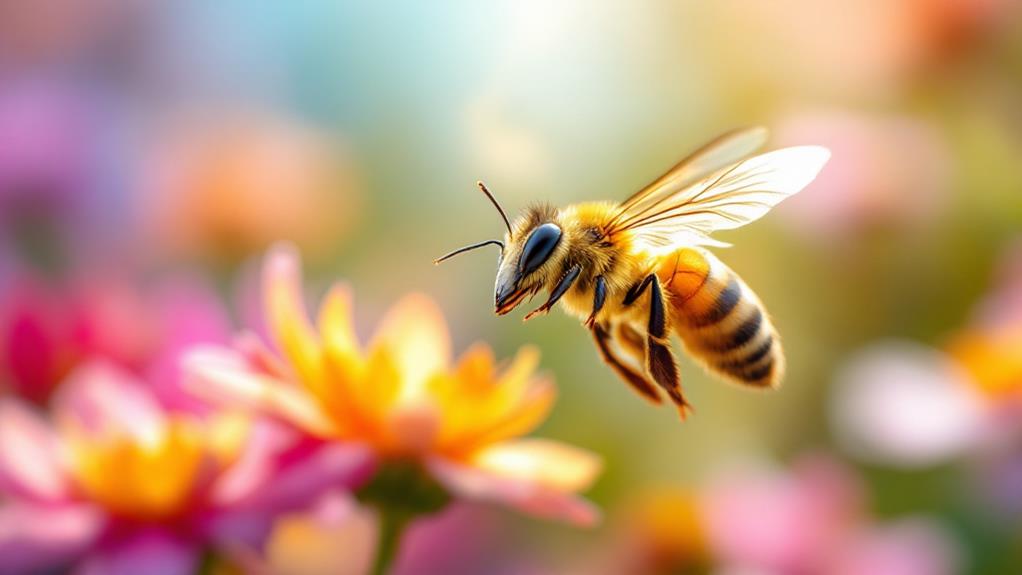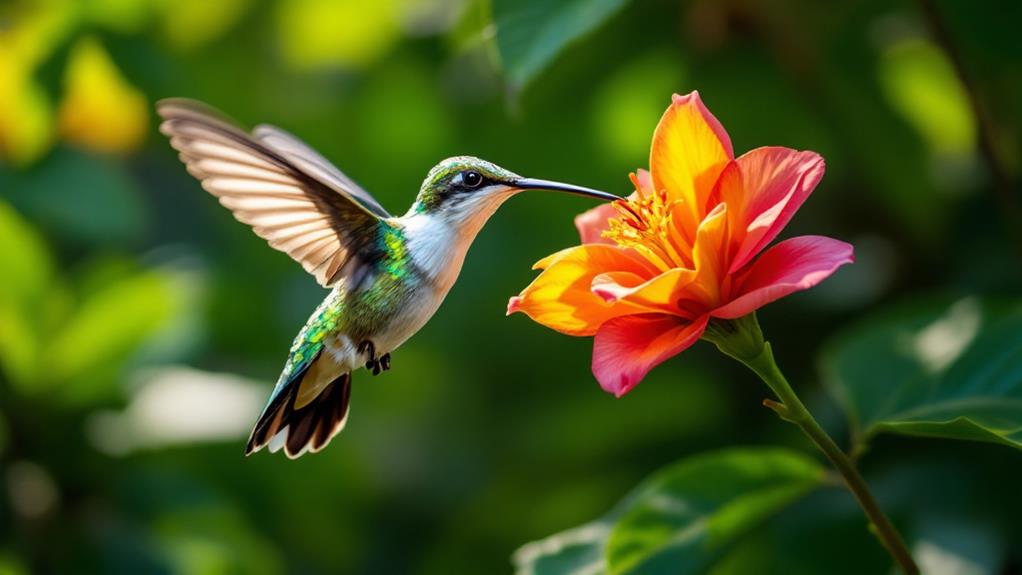Scientific Facts About Birds You May Not Know: Fascinating Avian Insights
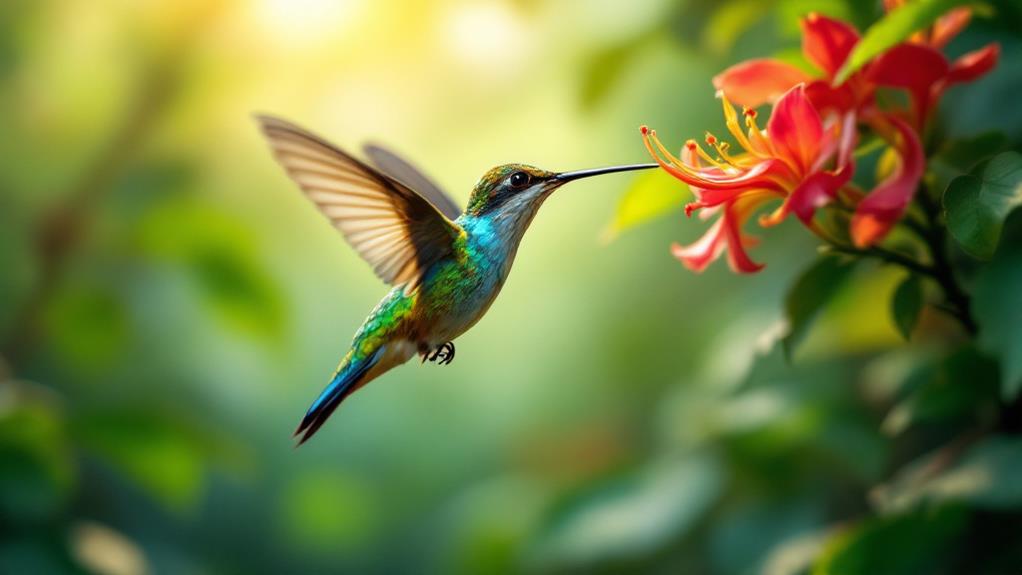
Birds are marvels of nature with incredible adaptations you might not know about. They have hollow bones for lightweight strength and air sacs for efficient breathing during flight. You'd be surprised by their route-finding skills, using the sun, stars, and Earth's magnetic field to travel vast distances. Birds exhibit impressive cognitive abilities, including problem-solving and self-awareness. Their breeding behaviors are diverse, from elaborate courtship rituals to unique nesting strategies. Some species have extraordinary adaptations like oil-producing glands for waterproofing or reinforced skulls for woodpecking. These feathered wonders have many more secrets waiting to be uncovered.
Bird Anatomy Marvels
Three extraordinary features set bird anatomy apart from other animals. First, birds possess a compact skeletal structure that's both strong and lightweight. Their bones are hollow and reinforced with internal struts, allowing for flight while maintaining durability. This unique adaptation reduces overall body weight without sacrificing strength.
Second, birds have an exceptional respiratory system. Unlike mammals, they have air sacs in addition to lungs, enabling a continuous flow of oxygen-rich air through their bodies. This efficient system supports their high metabolic rates and energy demands during flight.
Third, birds boast a lightweight feather composition that's indispensable for flight and insulation. Feathers are made of keratin, the same protein found in human hair and nails, but are incredibly light and strong. They're arranged in a complex pattern that allows for precise control during flight and helps maintain body temperature.
These anatomical marvels work together to make birds some of the most efficient and adaptable creatures on Earth. From their hollow bones to their intricate feather structures, every aspect of bird anatomy is finely tuned for life in the air.
Avian Navigation Secrets
Birds possess several astounding wayfinding abilities that allow them to traverse vast distances with incredible precision. You might be surprised to learn that these feathered navigators use a combination of sophisticated methods to find their way.
One of the most remarkable techniques birds employ is celestial navigation. They're able to use the position of the sun, stars, and even the moon as reference points to determine their location and direction. This skill is particularly useful during long-distance migrations when familiar landmarks aren't visible.
In addition to celestial cues, birds have an innate ability for magnetic field sensing. Their bodies contain magnetite, a magnetic mineral that acts like a built-in compass. This allows them to detect Earth's magnetic field and use it for orientation. Some species can even visualize magnetic fields, giving them a unique "sixth sense" for navigation.
Birds also rely on visual landmarks, memorized routes, and even scent to navigate. They can detect infrasound from ocean waves and use wind patterns to stay on course. These combined abilities make birds some of nature's most accomplished navigators, enabling them to complete astounding treks year after year.
Surprising Cognitive Abilities
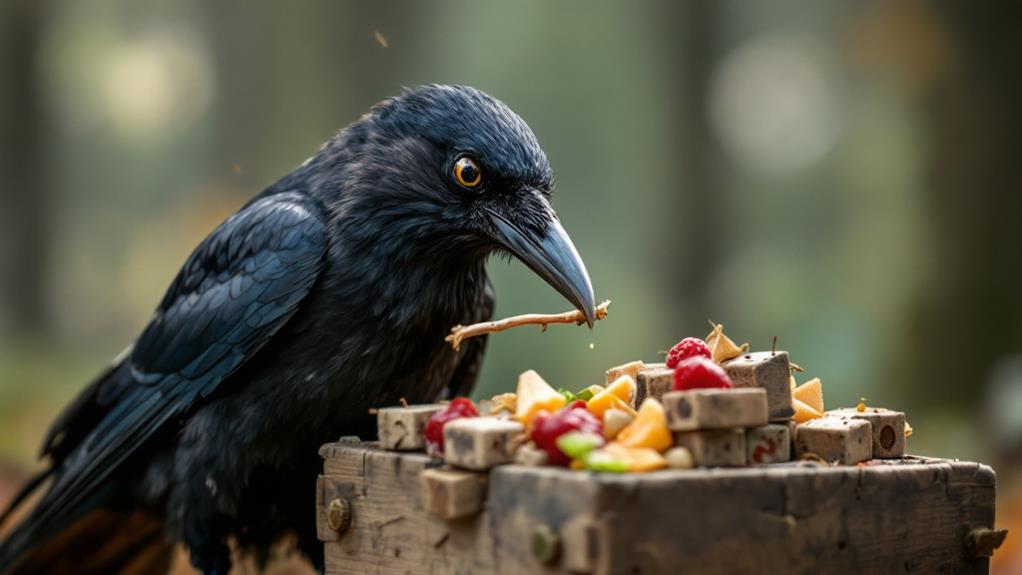
Intelligence in the avian world extends far beyond what you might expect. Birds exhibit astounding cognitive abilities that challenge our understanding of animal intelligence. Many species demonstrate complex communication patterns, using intricate vocalizations and body language to convey messages. For instance, corvids like crows and ravens employ distinct calls to alert others about potential dangers or food sources.
Birds' problem-solving capabilities are equally impressive. You'll find parrots manipulating puzzles to access treats, while New Caledonian crows craft tools from twigs to extract insects from hard-to-reach places. Some birds even show self-awareness, recognizing themselves in mirrors – a trait once thought unique to primates.
Avian memory is another surprising aspect of their cognition. Nutcrackers can remember thousands of food cache locations over extended periods, while hummingbirds recall the locations and refill schedules of feeders. Social learning is also prevalent, with young birds observing and mimicking their elders to acquire essential skills. These cognitive abilities highlight the sophisticated mental processes at work in the avian brain, suggesting that birds are far more intelligent than previously believed.
Unique Breeding Behaviors
While cognitive abilities are fascinating, the reproductive strategies of birds are equally engaging. You'll find that avian species exhibit a wide array of unique breeding behaviors, often tailored to their specific environments and evolutionary pressures.
Many birds engage in elaborate courtship rituals to attract mates. These can include intricate dances, vivid plumage displays, or even the construction of decorative structures. For instance, male bowerbirds create ornate bowers adorned with colorful objects to impress females.
Nesting instincts vary greatly among bird species. Some, like emperor penguins, incubate their eggs on their feet in harsh Antarctic conditions. Others, such as cuckoos, practice brood parasitism, laying their eggs in other birds' nests. Megapodes, or mound-builders, construct massive incubation mounds of decaying vegetation.
Parental care strategies are diverse too. In some species, both parents share incubation and chick-rearing duties equally. In others, like phalaropes, traditional gender roles are reversed, with females taking on more aggressive courtship behaviors and males primarily caring for the young.
These unique breeding behaviors showcase the incredible adaptability and diversity of avian reproduction strategies.
Extraordinary Adaptations
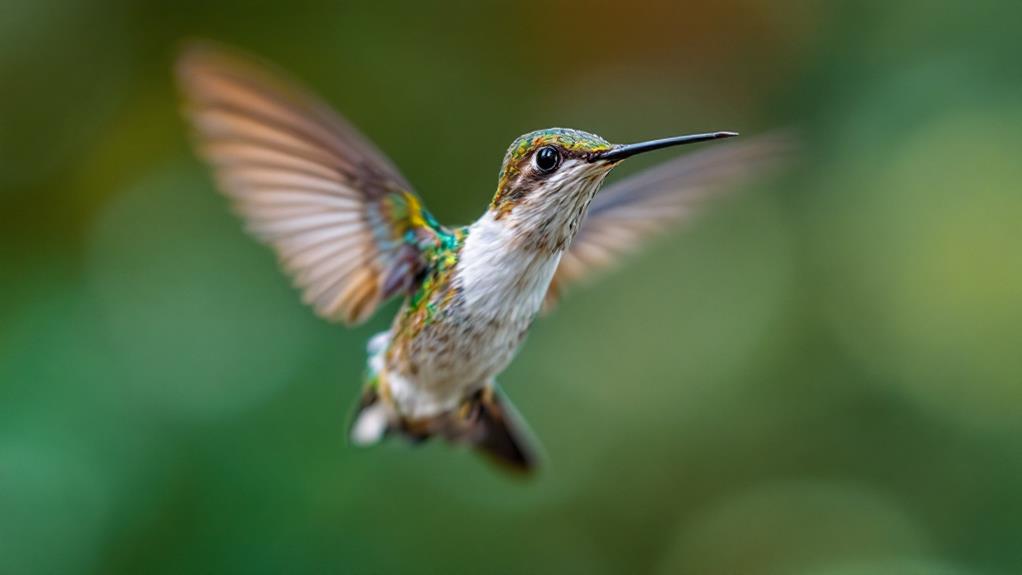
Throughout the animal kingdom, few groups showcase such a diverse range of extraordinary adaptations as birds. You'll find that these fascinating creatures have evolved remarkable features to thrive in various environments.
Many birds boast specialized feathers that serve unique purposes beyond flight. The oil-producing glands of waterfowl, for instance, help waterproof their plumage, allowing them to stay dry while swimming. Some species, like owls, have developed soft, fringed feathers that muffle the sound of their aerial maneuvers, enabling silent hunting.
Birds have also developed innovative foraging techniques to access food sources. Woodpeckers' reinforced skulls and shock-absorbing tissues protect their brains from the impact of repetitive pecking. The New Caledonian crow crafts and uses tools from twigs to extract insects from tree bark. Hummingbirds' long, thin beaks and extendable tongues allow them to reach deep into flowers for nectar.
Other extraordinary adaptations include the ability of some birds to detect Earth's magnetic field for orientation, the capacity to sleep while airborne, and the development of specialized digestive systems to process diverse diets. These adaptations highlight birds' remarkable ability to evolve and survive in varied ecosystems worldwide.
